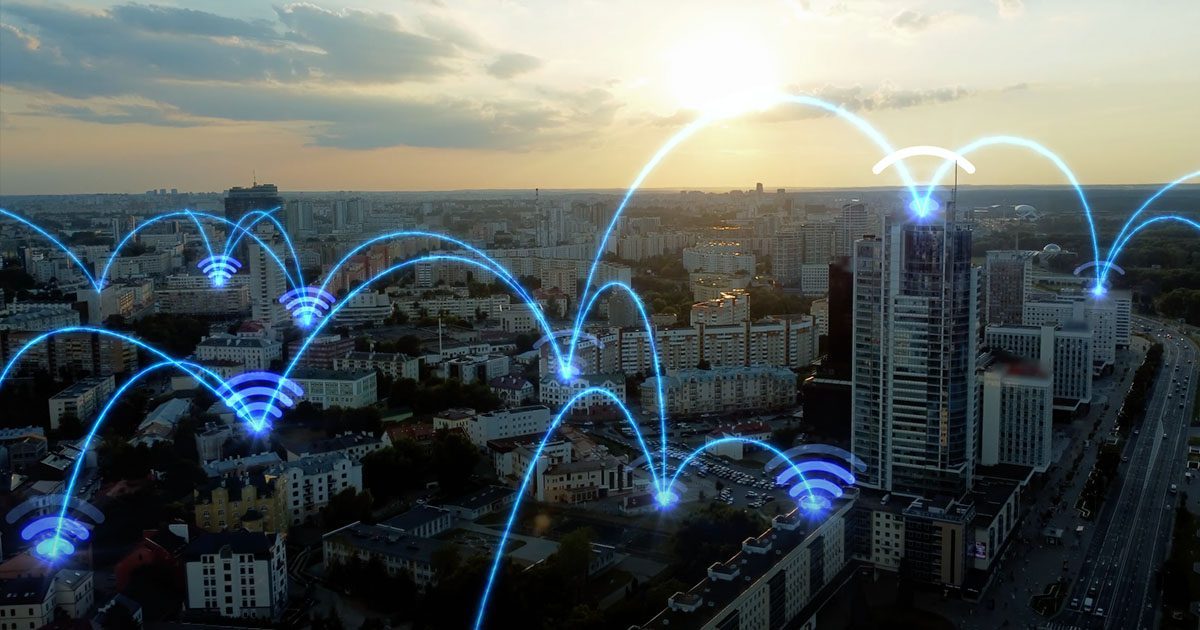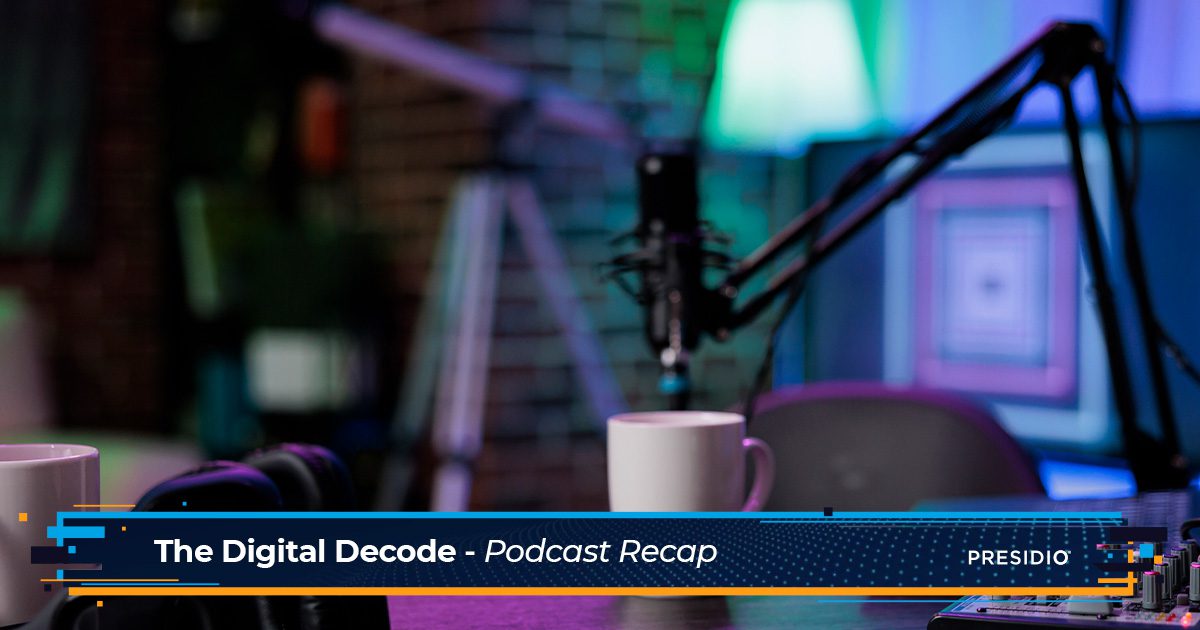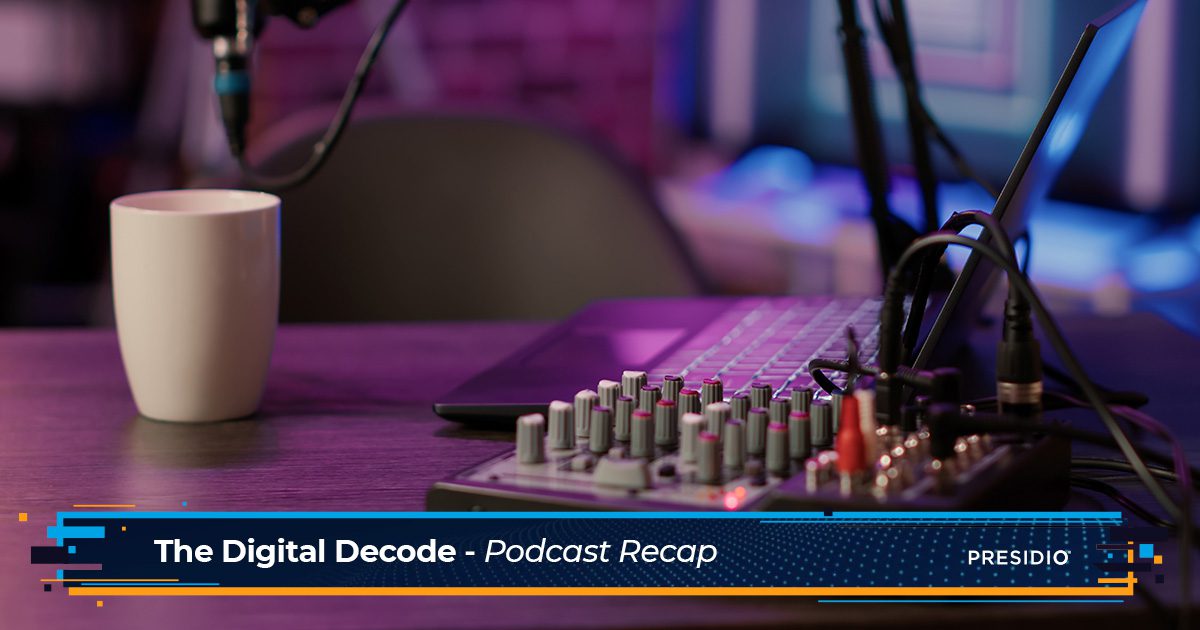Presidio recently partnered with Cisco and the City of Fort Worth to bridge the digital divide in underserved communities.
Chris Tanner is a seasoned sales executive with a proven track record of driving growth and building high-performing teams. As Sales Vice President at Presidio, he leads the company’s top-performing sales division, leveraging his expertise in strategic planning, client relationship management, and team leadership to deliver exceptional results
With over a decade of experience in the technology and services sector, Chris has consistently exceeded sales targets and fostered long-term partnerships with clients. His leadership style emphasizes collaboration, innovation, and a commitment to excellence, which has been instrumental in Presidio’s continued success in the competitive southeast market.
Chris is passionate about mentoring emerging leaders and cultivating a culture of continuous improvement. He believes in empowering his team to achieve their full potential, ensuring that both clients and employees thrive under his guidance.




















































































































































































































































